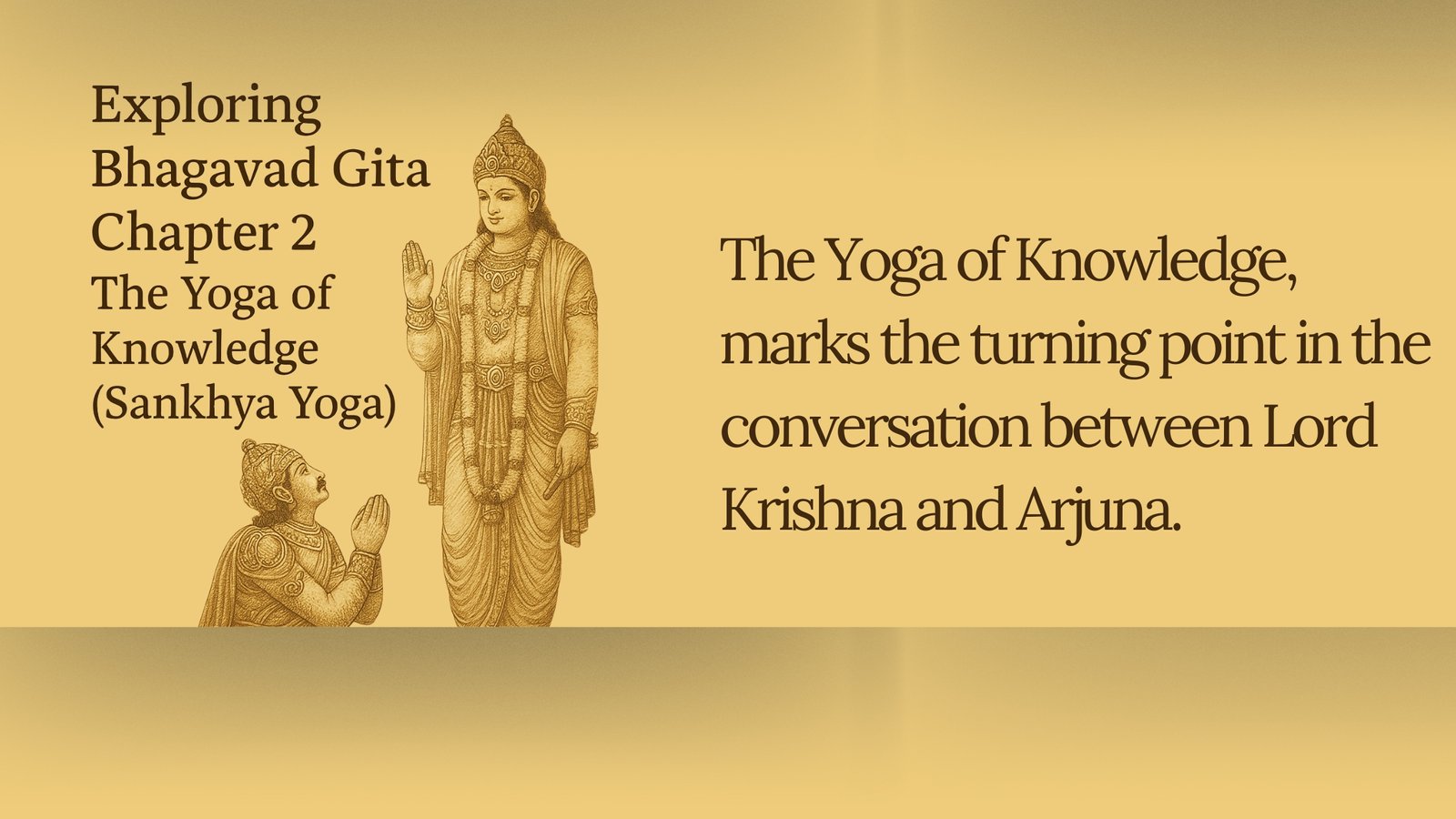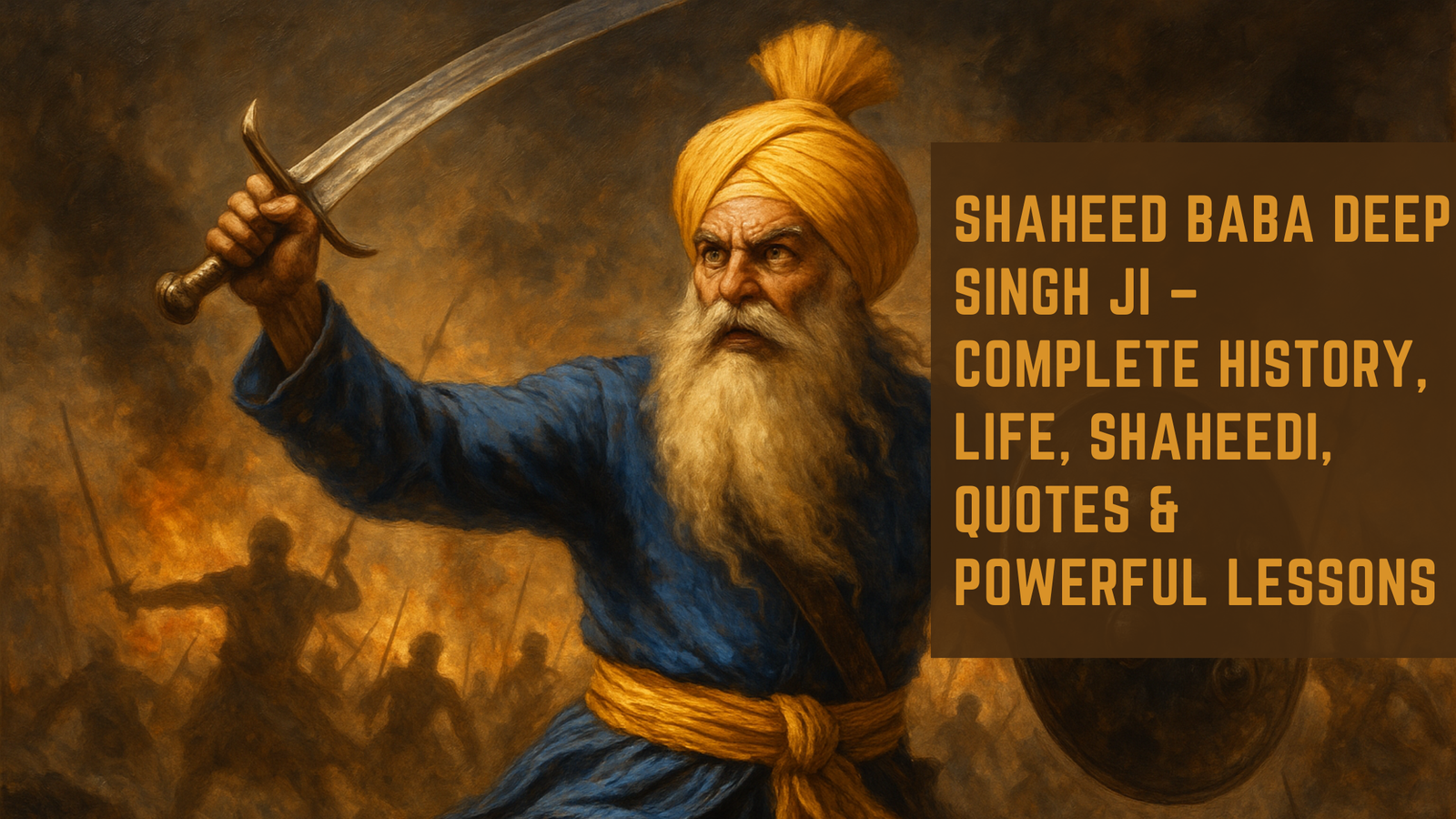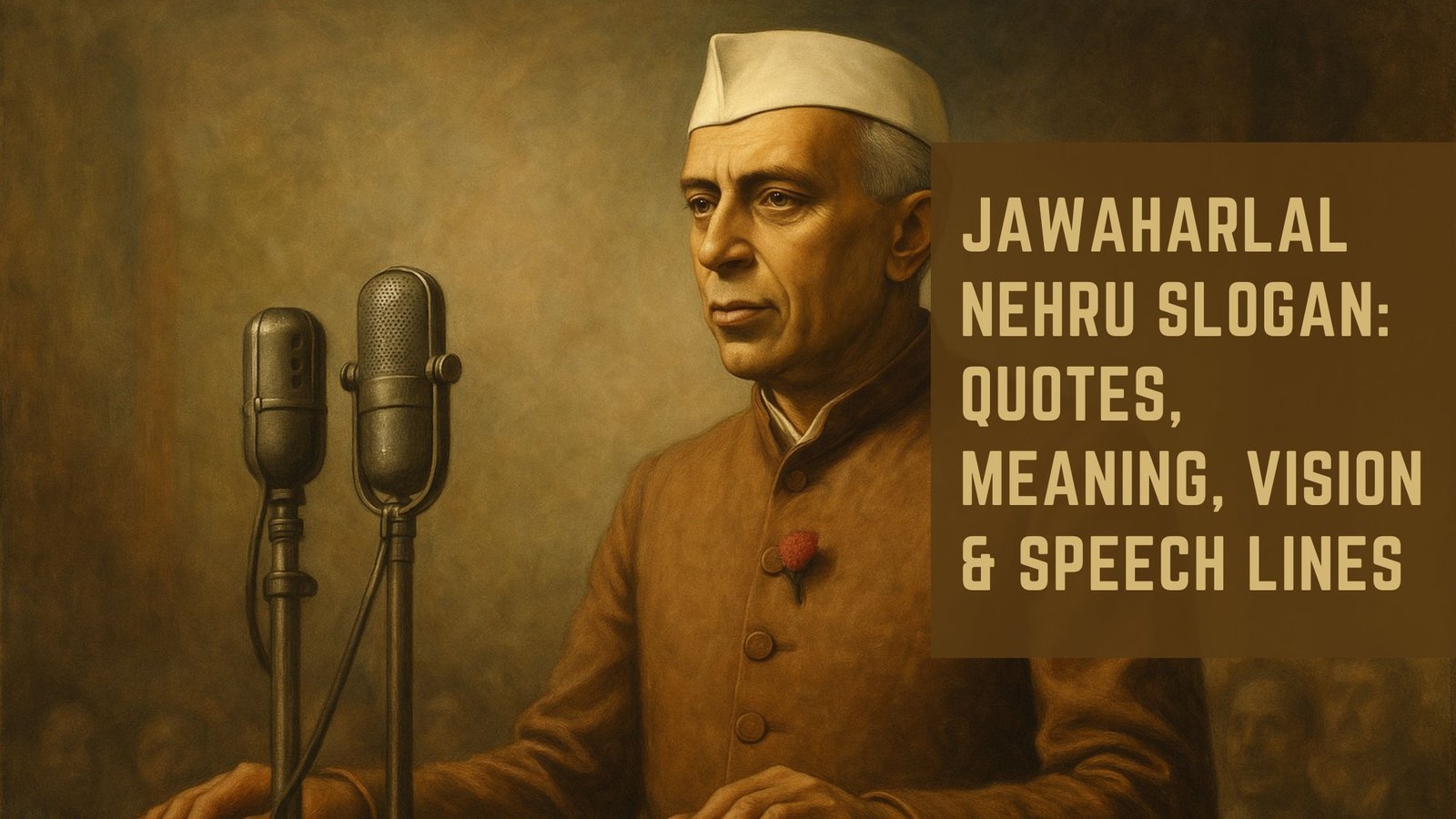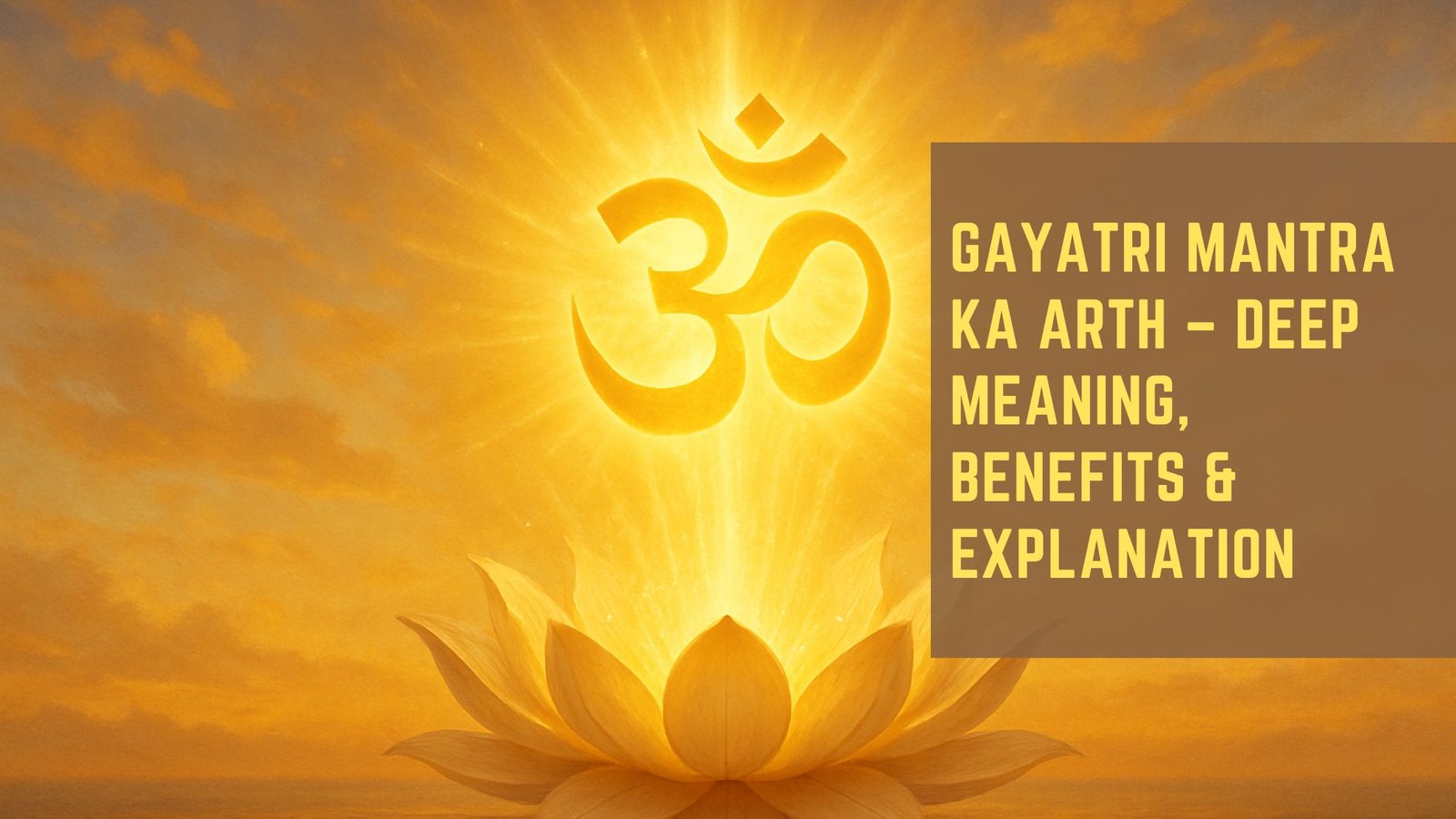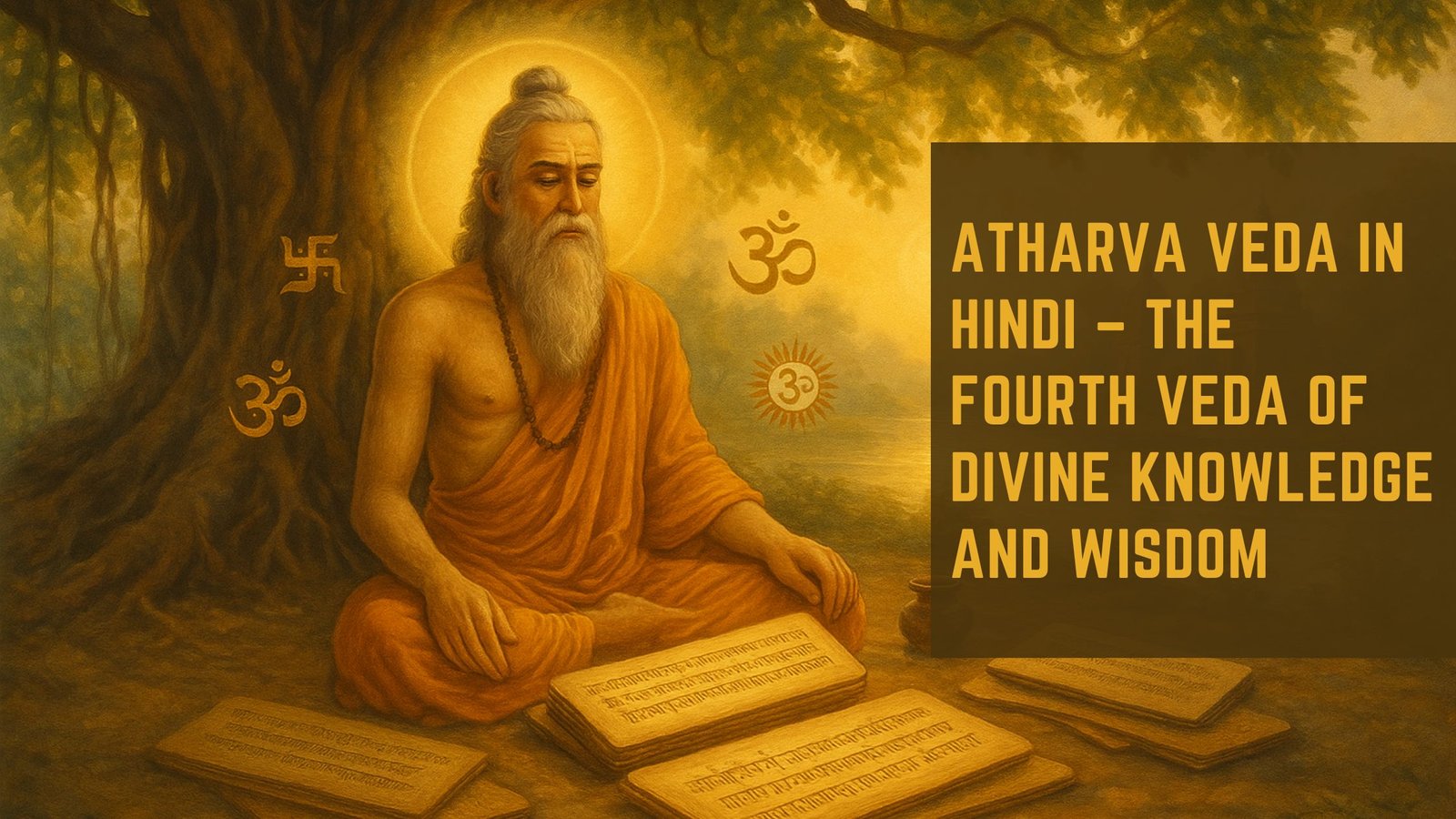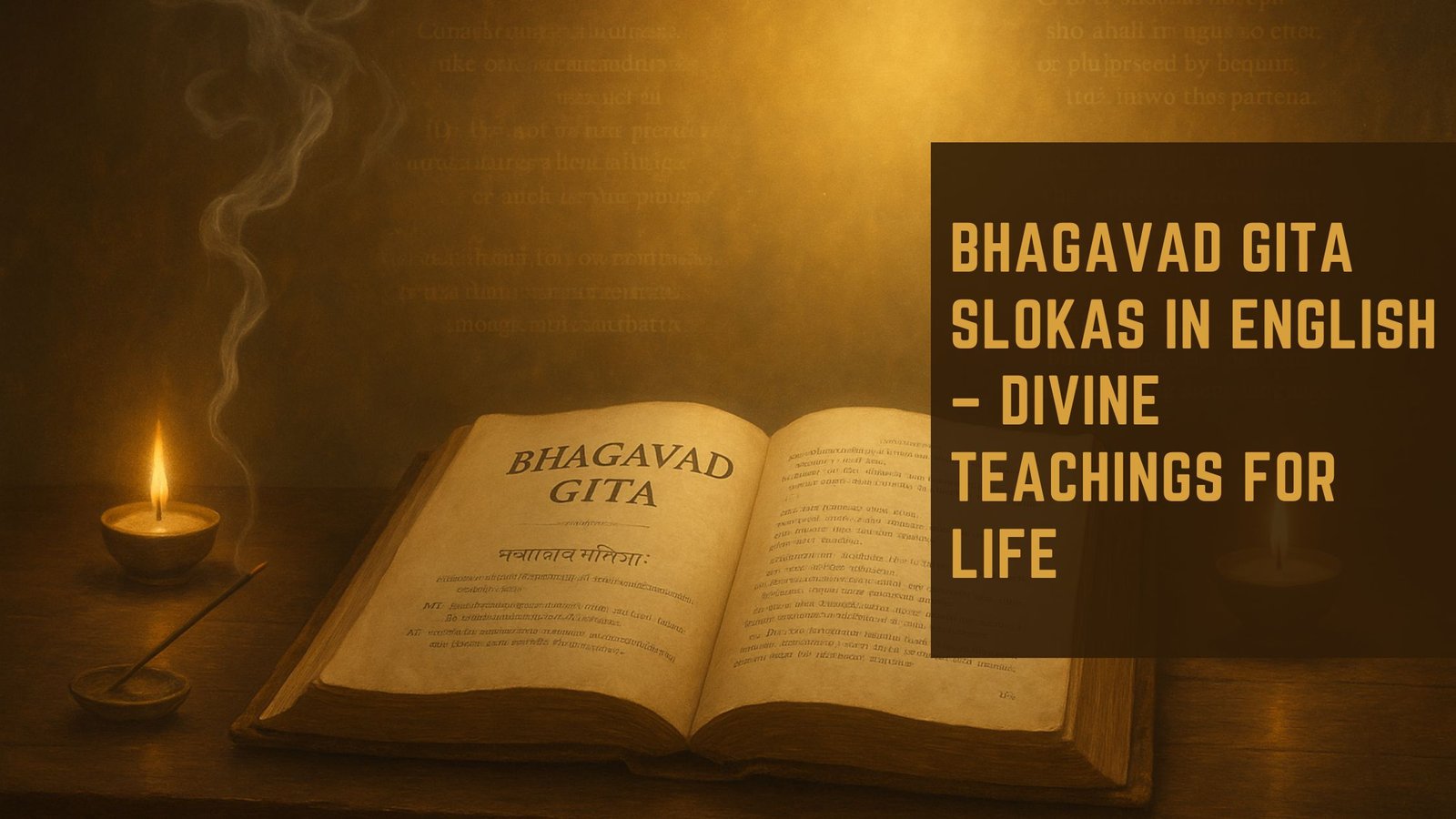The Bhagavad Gita, often referred to simply as the Gita, is a 700-verse Hindu scripture that is part of the Indian epic Mahabharata. It is a dialogue between Prince Arjuna and Lord Krishna, who serves as his charioteer. This sacred text addresses the moral and philosophical dilemmas faced by Arjuna as he prepares to go into battle against his own relatives, teachers, and friends.
The Gita is not merely a religious scripture; it is a profound philosophical treatise that explores the nature of reality, duty, and the self. Its teachings have transcended time and culture, offering insights that resonate with individuals seeking clarity in their lives. In Chapter 2, Verse 2 of the Bhagavad Gita, Krishna begins to impart wisdom that lays the foundation for understanding the Eternal Self.
He encourages Arjuna to rise above his confusion and despair, emphasizing the importance of duty and righteousness. This verse serves as a pivotal moment in the text, where Krishna introduces concepts that will be elaborated upon throughout the Gita. The teachings encapsulated in this verse are not only relevant to Arjuna’s predicament but also provide timeless guidance for anyone grappling with moral choices and existential questions.
Key Takeaways
- The Bhagavad Gita 2:2 introduces the concept of the Eternal Self as unchanging and eternal.
- The Eternal Self, or Atman, is the true essence of an individual that transcends the physical body and mind.
- In the Bhagavad Gita, the Eternal Self is emphasized as the source of inner strength, wisdom, and guidance.
- The relationship between the Eternal Self and the physical body is described as temporary and impermanent, with the body being a vessel for the expression of the Eternal Self.
- Connecting with the Eternal Self is essential for achieving inner peace and fulfillment, as it brings clarity, purpose, and a sense of unity with the universe.
Understanding the concept of the Eternal Self
The concept of the Eternal Self, or Atman, is central to the teachings of the Bhagavad Gita. Atman is described as the true essence of an individual, distinct from the physical body and mind. It is eternal, unchanging, and beyond the dualities of life such as pleasure and pain, success and failure.
The Gita teaches that while the body is temporary and subject to decay, the Atman remains constant and immortal. This understanding invites individuals to look beyond their immediate circumstances and recognize their deeper identity. Krishna elucidates that realizing one’s Eternal Self is crucial for spiritual growth.
The Gita emphasizes that ignorance of this true self leads to suffering and attachment to the material world. By understanding that they are not merely their thoughts or physical forms, individuals can cultivate a sense of detachment from worldly concerns. This detachment does not imply apathy; rather, it encourages a more profound engagement with life, rooted in awareness of one’s eternal nature.
The significance of the Eternal Self in the Bhagavad Gita

The significance of the Eternal Self in the Bhagavad Gita cannot be overstated. It serves as a guiding principle for ethical living and spiritual practice. By recognizing their identity as Atman, individuals are encouraged to act in accordance with dharma, or righteous duty.
This understanding fosters a sense of responsibility towards oneself and others, promoting actions that are aligned with higher values rather than selfish desires. Moreover, the Eternal Self provides a framework for understanding life’s challenges. When faced with adversity or moral dilemmas, individuals who are aware of their true nature can approach situations with equanimity.
The teachings of the Gita suggest that by focusing on the Eternal Self, one can transcend fear and anxiety, leading to a more balanced and harmonious existence. This perspective empowers individuals to navigate life’s complexities with wisdom and grace.
The relationship between the Eternal Self and the physical body
| Aspect | Description |
|---|---|
| Eternal Self | The spiritual essence or consciousness that transcends the physical body and exists beyond the limitations of time and space. |
| Physical Body | The tangible and mortal form that houses the Eternal Self during a lifetime, subject to aging, illness, and eventual death. |
| Connection | The intricate and complex relationship between the Eternal Self and the physical body, influencing experiences, emotions, and personal growth. |
| Balance | The ongoing effort to harmonize the needs and desires of the physical body with the spiritual evolution and enlightenment of the Eternal Self. |
| Integration | The process of aligning the actions and choices of the physical body with the values and wisdom of the Eternal Self, leading to a more fulfilling existence. |
The relationship between the Eternal Self and the physical body is a fundamental theme in the Bhagavad Gita. Krishna explains that while the body is subject to birth, growth, decay, and death, the Atman remains unaffected by these changes. This distinction is crucial for understanding the nature of existence.
The body may experience suffering and pleasure, but these sensations do not define one’s true self. This relationship also highlights the importance of self-awareness in daily life. When individuals identify too closely with their physical form or external circumstances, they may experience distress and confusion.
The Gita teaches that by recognizing oneself as the Eternal Self, one can cultivate a sense of inner peace that is independent of external conditions. This realization encourages individuals to care for their bodies while understanding that their true essence lies beyond physical limitations.
The role of the Eternal Self in achieving inner peace and fulfillment
The pursuit of inner peace and fulfillment is a universal aspiration, and the concept of the Eternal Self plays a pivotal role in this journey. The Bhagavad Gita teaches that true contentment arises from aligning one’s actions with their higher self rather than succumbing to fleeting desires or societal expectations. By connecting with the Eternal Self, individuals can access a deeper sense of purpose that transcends material pursuits.
Krishna emphasizes that inner peace is achieved through self-realization and detachment from outcomes. When individuals act from a place of awareness of their eternal nature, they can engage in their duties without being overly attached to success or failure. This approach fosters resilience in the face of challenges and cultivates a sense of fulfillment that is not contingent upon external validation.
The teachings of the Gita encourage individuals to find joy in their actions themselves rather than in their results.
Practical ways to connect with the Eternal Self

Discovering Inner Awareness through Meditation
One effective method is through meditation, which allows individuals to quiet their minds and turn inward. By focusing on breath or using mantras, practitioners can cultivate a state of awareness that facilitates connection with the Atman.
The Power of Selfless Service
Another practical approach is through selfless service or karma yoga. Engaging in acts of kindness without attachment to outcomes helps individuals transcend ego-driven desires and fosters a sense of unity with others.
Serving a Higher Purpose
This practice aligns with Krishna’s teachings on performing one’s duty without attachment to results, reinforcing the understanding that true fulfillment comes from serving a higher purpose.
The Eternal Self in the modern world
In today’s fast-paced and often chaotic world, the teachings of the Bhagavad Gita regarding the Eternal Self hold significant relevance. Many individuals grapple with stress, anxiety, and a sense of disconnection from themselves and others. The Gita’s emphasis on self-awareness and inner peace offers valuable insights for navigating contemporary challenges.
As people seek meaning in their lives amidst external pressures, reconnecting with the concept of the Eternal Self can provide clarity and direction. Mindfulness practices inspired by ancient wisdom are gaining popularity as tools for fostering self-awareness and emotional resilience. By integrating these teachings into daily life, individuals can cultivate a deeper understanding of themselves and their place in the world.
Embracing the wisdom of the Bhagavad Gita
The Bhagavad Gita offers profound insights into the nature of existence through its exploration of the Eternal Self. By understanding this concept, individuals can navigate life’s complexities with greater awareness and purpose. The teachings encourage a shift from identification with transient aspects of life towards recognition of one’s eternal essence.
In a world often characterized by distraction and disconnection, reconnecting with the teachings of the Gita can serve as a guiding light towards a more meaningful existence. Ultimately, by recognizing their true nature as Atman, individuals can embark on a transformative journey towards self-realization and harmony with all beings.
In The Eternal Wisdom of the Bhagavad Gita, the timeless teachings of the Bhagavad Gita are explored in depth, shedding light on the eternal wisdom contained within its verses. Chapter 2, verse 2 of the Bhagavad Gita touches upon the theme of duty and righteousness, setting the stage for the profound spiritual journey that unfolds throughout the text. This article delves into the spiritual wisdom of the Bhagavad Gita, offering insights and reflections that can guide readers on their own path to self-discovery and enlightenment.
FAQs
What is the Bhagavad Gita?
The Bhagavad Gita is a 700-verse Hindu scripture that is part of the Indian epic Mahabharata. It is a sacred text of the Hindu religion and is considered one of the most important spiritual classics.
What is Chapter 2 Verse 2 of the Bhagavad Gita about?
Chapter 2 Verse 2 of the Bhagavad Gita is part of a conversation between the prince Arjuna and the god Krishna, who serves as his charioteer. In this verse, Arjuna expresses his emotional turmoil and reluctance to fight in the battle of Kurukshetra.
What is the significance of Chapter 2 Verse 2 in the Bhagavad Gita?
Chapter 2 Verse 2 sets the stage for the teachings of the Bhagavad Gita, as it captures Arjuna’s moral dilemma and Krishna’s subsequent guidance on duty, righteousness, and the nature of the self.
How is the Bhagavad Gita relevant today?
The Bhagavad Gita addresses universal themes such as duty, righteousness, and the nature of existence, making it relevant to people of all backgrounds and beliefs. Its teachings on selflessness and spiritual growth continue to inspire and guide individuals in their personal and professional lives.

